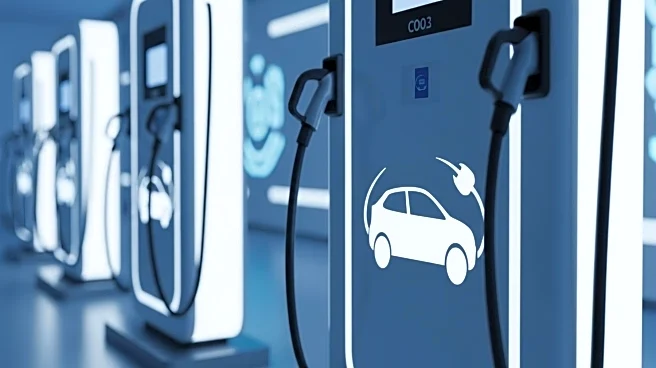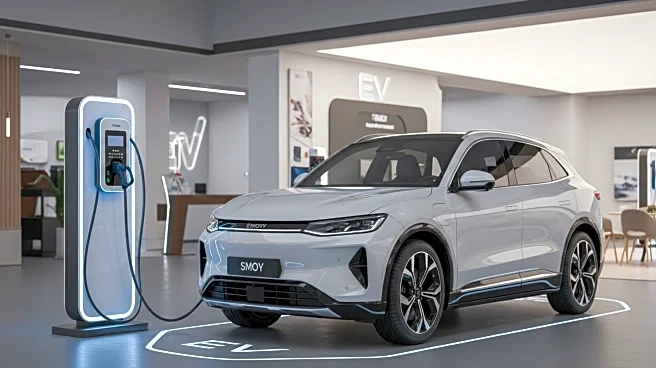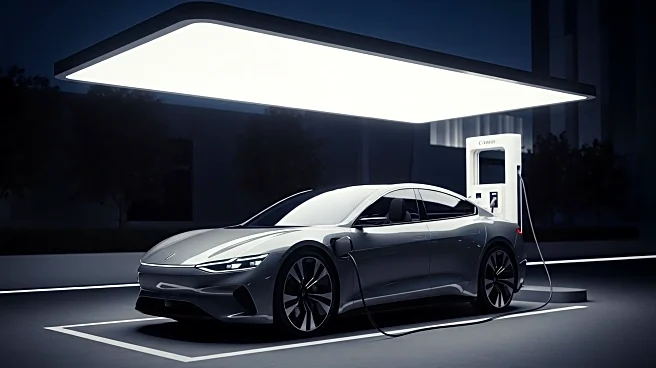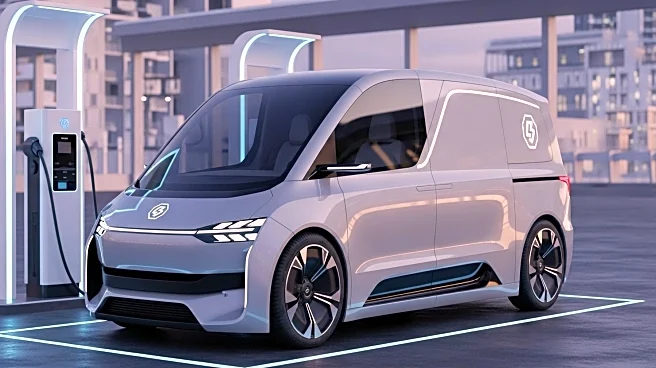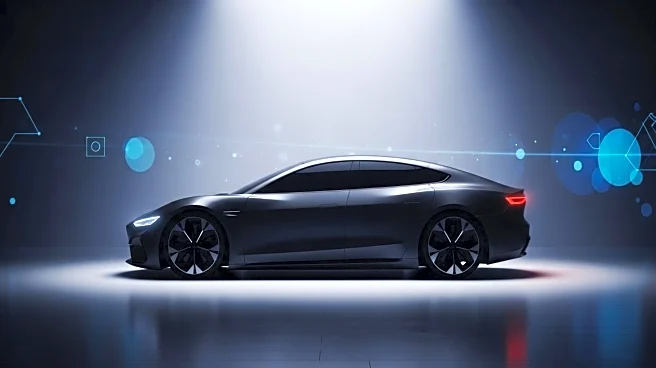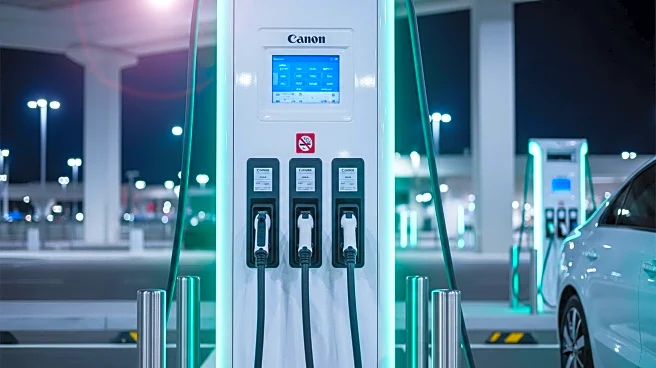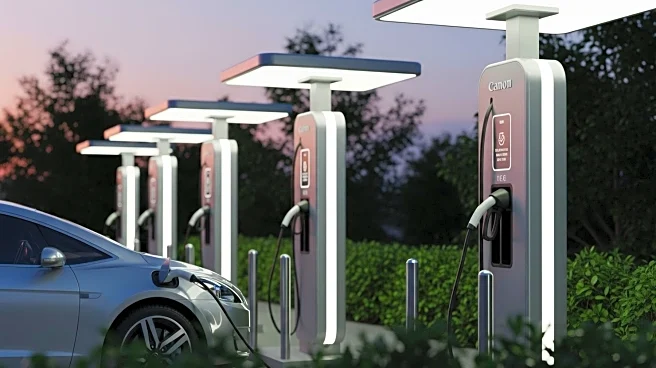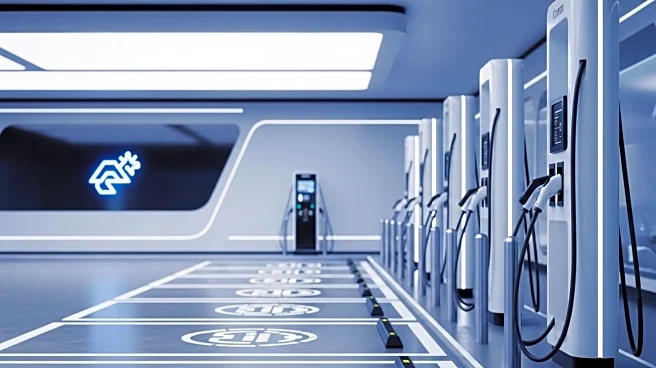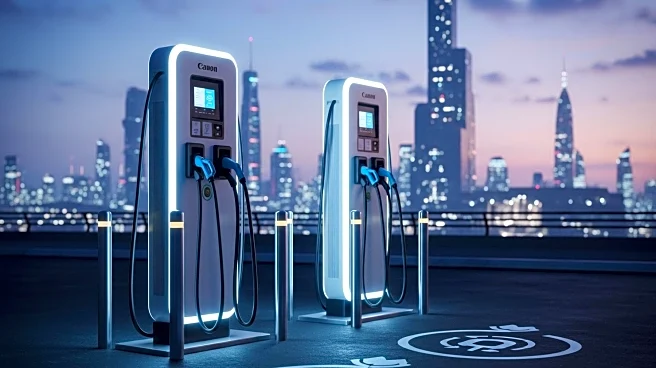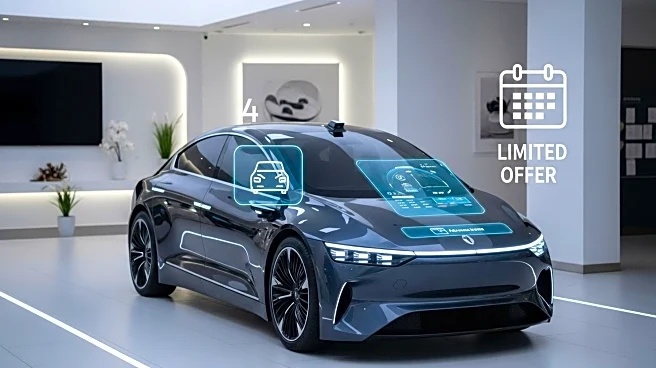What's Happening?
Tesla and General Motors are leading the U.S. automotive industry in record domestic sales of all-electric vehicles. This surge comes as consumers rushed to purchase EVs before the expiration of federal incentives, which offered up to $7,500 per purchase, ending in September. According to Motor Intelligence, U.S. sales of EVs, excluding hybrids, surpassed 1 million units in the first nine months of the year, setting a new quarterly record of over 438,000 units sold in the third quarter. Tesla maintains its leadership position with a 43.1% market share, although this is a decrease from 49% at the end of last year. GM has made significant gains, increasing its market share from 8.7% at the beginning of the year to 13.8% through the third quarter.
Why It's Important?
The expiration of federal incentives marks a pivotal moment for the U.S. EV market, potentially affecting future sales dynamics. Tesla and GM's leadership in EV sales highlights their strong market positions and consumer trust in their products. The increase in EV market share to 10.5% in the third quarter indicates growing consumer acceptance and demand for electric vehicles. However, the end of incentives may challenge automakers to maintain sales momentum without financial support from the government. This shift could impact the strategies of automakers, influencing pricing, marketing, and innovation in the EV sector.
What's Next?
With federal incentives no longer available, automakers may need to explore alternative strategies to sustain sales growth. This could include enhancing vehicle features, expanding charging infrastructure, or offering competitive pricing. The industry may also see increased competition as new EV models enter the market, challenging Tesla and GM's dominance. Additionally, policymakers might consider new measures to support EV adoption, such as infrastructure investments or state-level incentives.

